In the realm of natural colors, plants stand out as a vibrant canvas waiting to be explored. The extraction of dyes and pigments from plants is a fascinating journey into the intricate chemistry that nature employs to paint its own masterpiece.
Plant pigments are the vibrant compounds responsible for the diverse array of colors observed in the plant kingdom. These pigments play crucial roles in various physiological processes of plants, including photosynthesis, protection against harmful UV radiation, and attraction of pollinators.
Classification of Plant Pigments
Plant pigments can be classified into several major groups based on their chemical structure and color. Here’s a brief overview of the main classes of plant pigments:
- Chlorophylls:
- Responsible for the green color in plants.
- Main types are chlorophyll-a and chlorophyll-b, playing a central role in photosynthesis.
- eg. Stinging Nettles
- Carotenoids:
- Contribute to yellow, orange, and red colors in plants.
- Examples include beta-carotene (orange), lutein (yellow), and lycopene (red).
- eg. Carrots, marigolds, and annatto seeds (achiote).
- Anthocyanins:
- Impart red, purple, and blue hues to various plant parts.
- Water-soluble pigments often found in fruits (berries), flowers, and leaves.
- eg. Blueberries, blackberries, and red cabbage.
- Flavonoids:
- Encompass a diverse group of pigments, including flavones, flavonols, and flavanones.
- Contribute to yellow, orange, and red colors; have antioxidant properties.
- eg. Onion skins (quercetin), chamomile flowers (apigenin), and tea (catechins).
- Betacyanins:
- Found in some plants, providing red and violet colors.
- Water-soluble nitrogen-containing pigments, distinct from anthocyanins.
- eg. Beets (Beta vulgaris), Swiss chard, and certain cacti.
The significant question that arises is which plant sources are more suitable for making lake pigments and inks, considering the pigment chemistry ?
When considering plant sources for making lake pigments or inks, it’s essential to focus on pigments that offer stability and resilience to external factors like changes in pH, temperature, and light. Some plants contain pigments that are more robust in these aspects, making them better suited for the lake pigment or ink production process.
A few example of plants that are best suited for making lake pigments are:
- Madder (Rubia tinctorum):
- Pigment Type: Madder root contains alizarin, a stable red pigment.
- Stability: Alizarin is relatively stable, making madder a favorable choice for creating lake pigments with enduring color.
- Weld (Reseda luteola):
- Pigment Type: Weld provides a yellow dye known as luteolin.
- Stability: Luteolin exhibits stability, contributing to the suitability of weld for lake pigment production.
- Turmeric (Curcuma longa):
- Pigment Type: Curcumin, the main pigment in turmeric, imparts a vibrant yellow color.
- Stability: Curcumin is generally stable, making turmeric a reliable choice for creating yellow lake pigments.
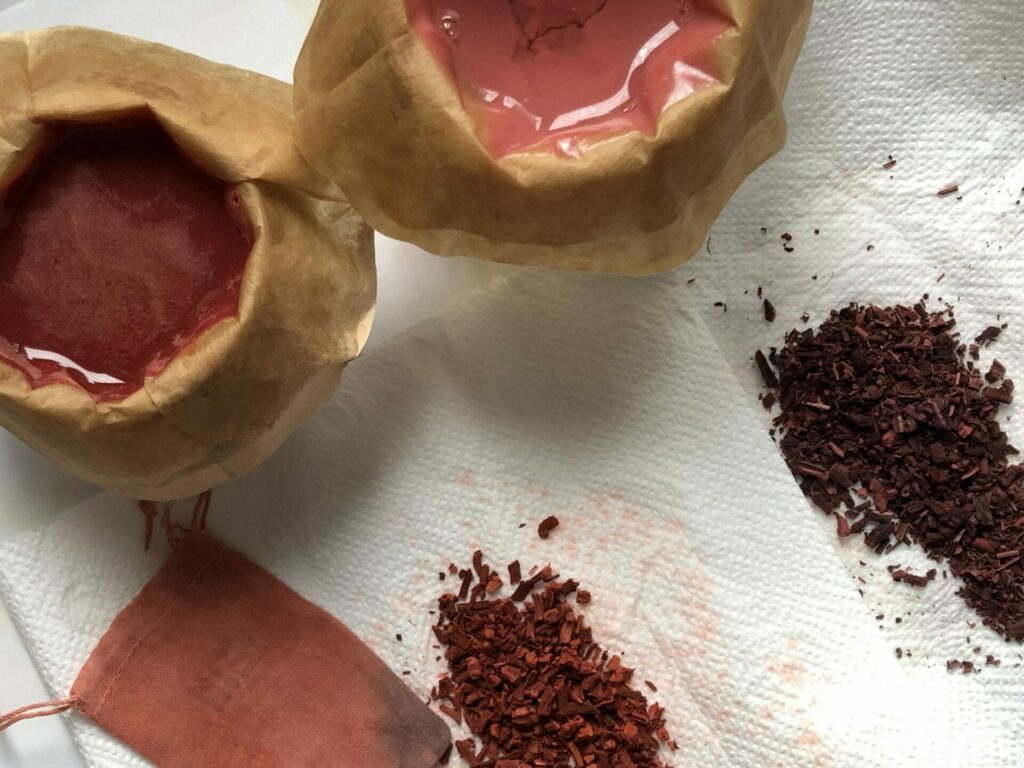
Madder lake pigment
These plant sources contain pigments that are less prone to drastic color changes under varying conditions, providing a more reliable foundation for producing lake pigments. Conversely, plants abundant in anthocyanins are less suitable for creating lake pigments due to the heightened sensitivity of these pigments to factors like pH, temperature, and light. Nonetheless, certain plant specimens show an exception, where anthocyanins remain relatively stable against pH changes owing to stabilizing factors present in the plant source. Elderberries stand out as an outstanding example of this phenomenon.
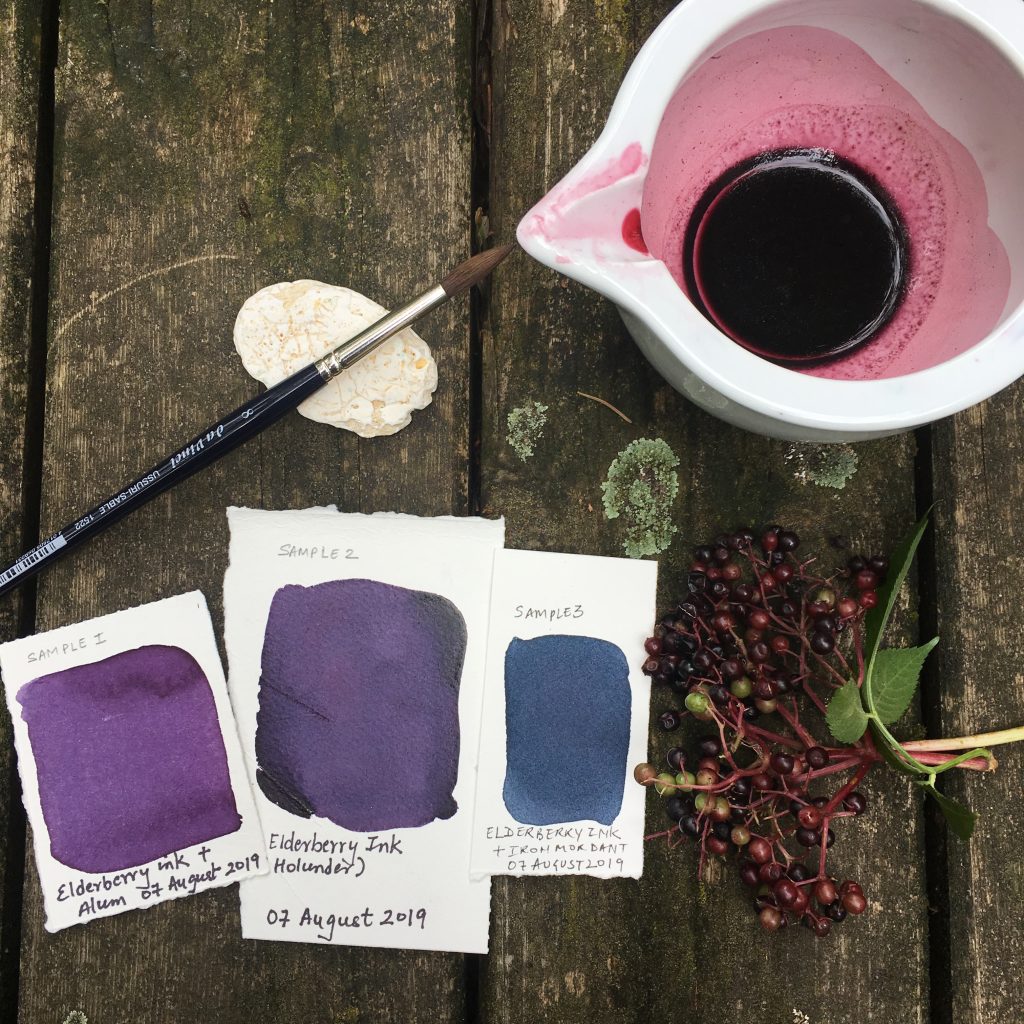
Elderberry inks
It’s important to note that besides pigments, another crucial class of compounds plays a significant role in natural dyeing, ink-making, and lake pigment creation — tannins.
Different plants contain varying levels and types of tannins, and the choice of plant can influence the color and properties of the ink. Here are a few examples of plants with tannins that are commonly used for making natural inks:
- Oak Gallnuts (Gallotannins): Gallnuts are formations that develop on oak trees in response to insect stings. They are rich in gallotannins and have historically been used in ink-making. The tannic acid in oak galls reacts with iron salts to produce a dark, permanent ink.
- Walnut Hulls (Ellagitannins): Walnut hulls contain ellagitannins, and they can be used to produce a brown ink. The color can be adjusted by varying the concentration and preparation methods.
- Pomegranate Rinds (Ellagitannins): The rinds of pomegranates contain ellagitannins and can be used to make ink. Pomegranate ink tends to have a brownish color.
- Acacia Bark (Condensed Tannins): Some acacia species contain condensed tannins and can be used for making ink. The color produced can vary depending on the specific type of acacia.
- Sumac (Gallic Acid and Ellagitannins): Sumac leaves and berries contain a mix of gallic acid and ellagitannins. They can be used to create a reddish-brown ink.
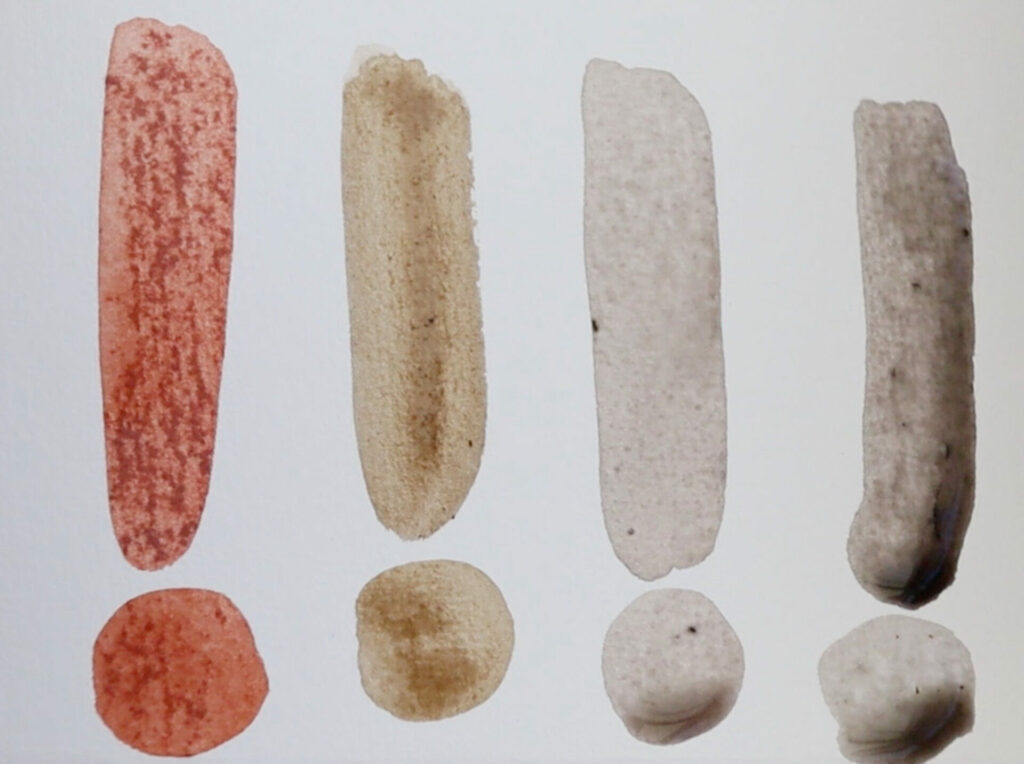
Tannin-based Natural inks- From left to right: Sumac, Walnut, Acorns and Gall inks
When making natural inks, it often involves extracting tannins from these plant sources and combining them with other ingredients like water, iron salts, and sometimes gum arabic for stability. Experimentation with different plants and concentrations will allow you to achieve a range of colors and properties in your natural inks. Keep in mind that the color intensity and permanence of natural inks may vary, and some experimentation may be needed to achieve the desired results. Although tannin-rich plant materials can be used to make lake pigments, the colours that result are frequently rather muted. However, these subdued hues can be especially appealing if you’re going for a vintage or subtle look, which makes them a great fit for your watercolour endeavors.
Conclusion:
The journey of creating pigments and inks is a harmonious blend of art and science. It invites artists to embrace experimentation, balanced by an understanding of botanical chemistry. As this exploration continues, the vibrant hues of nature become not just a canvas but an interactive dialogue between the artist and the intricate world of plants.
I could elaborate extensively on this topic, but its vastness makes it impractical to cover in a single blog post. Stay tuned for upcoming articles on this subject that will be featured here.
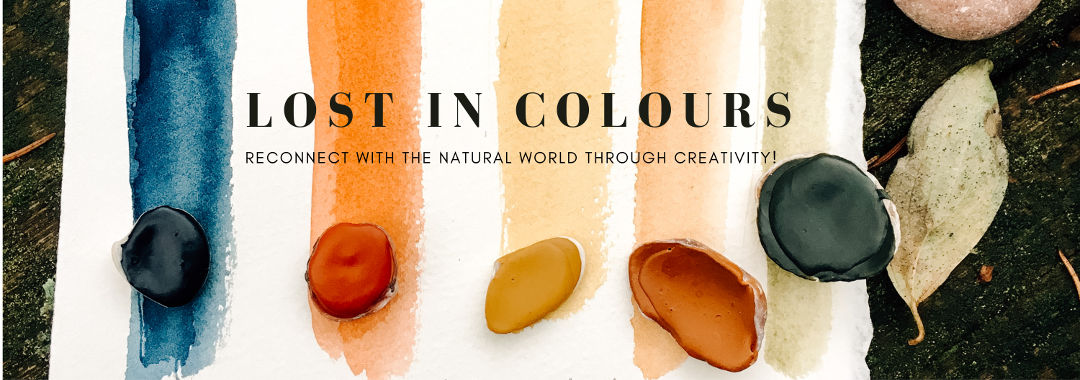
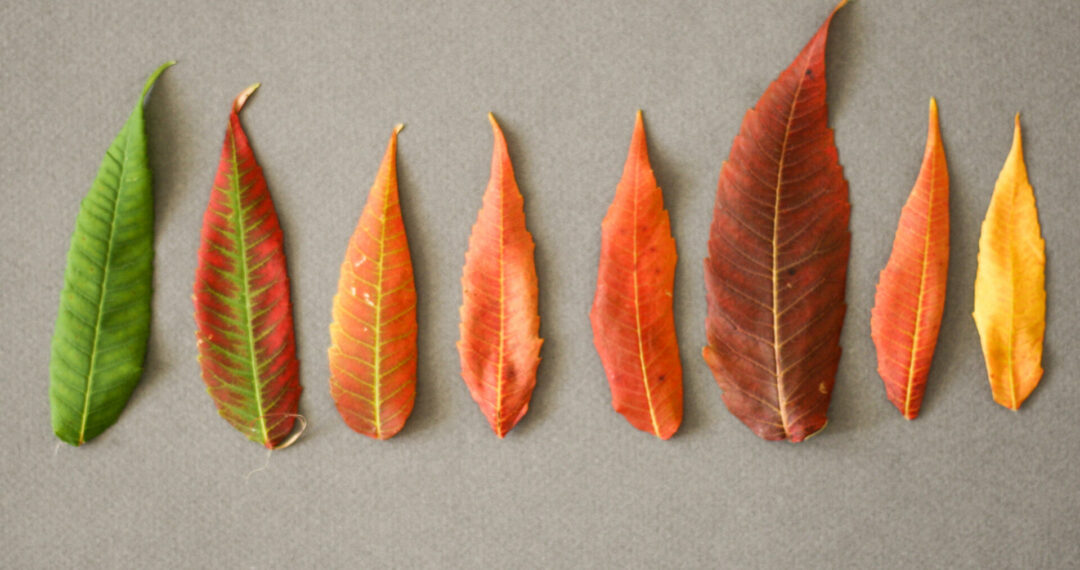
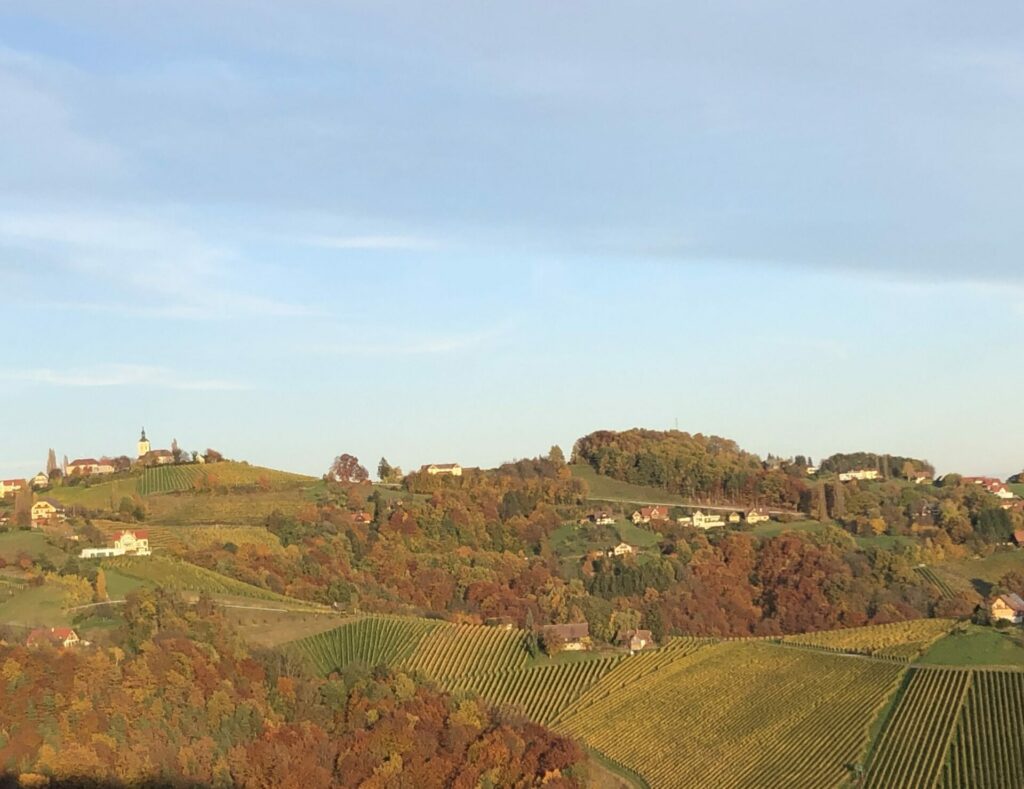
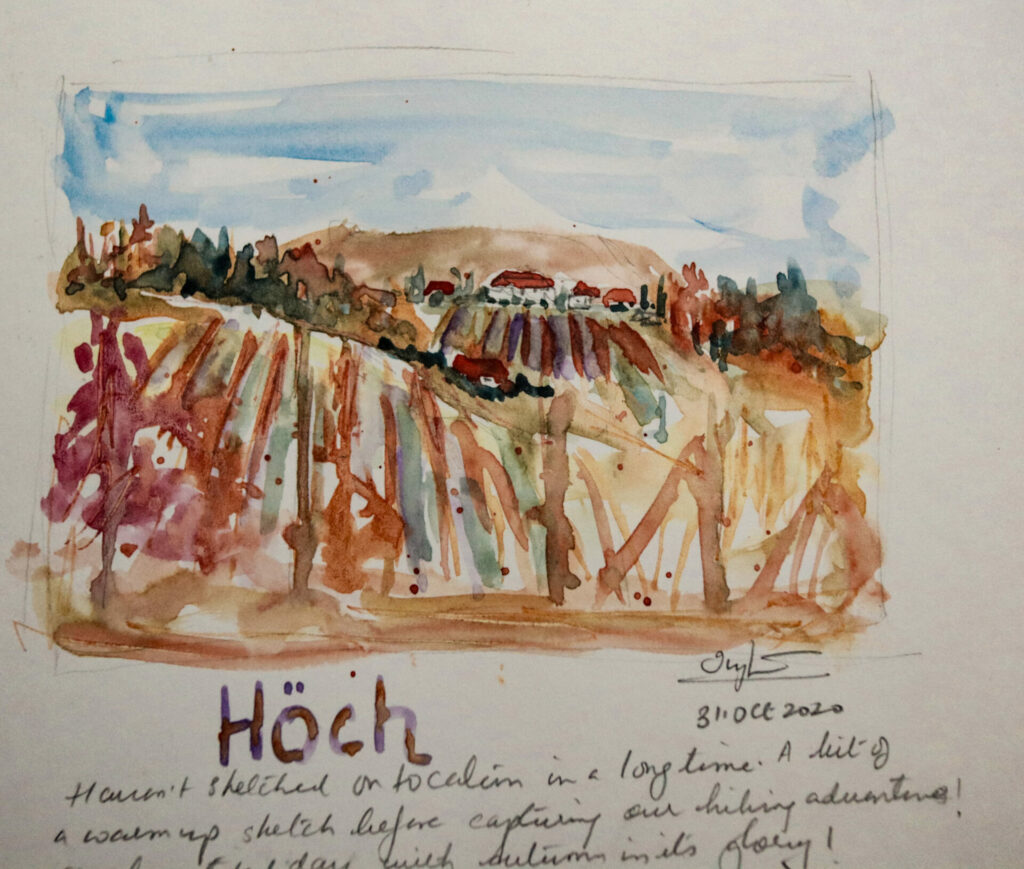
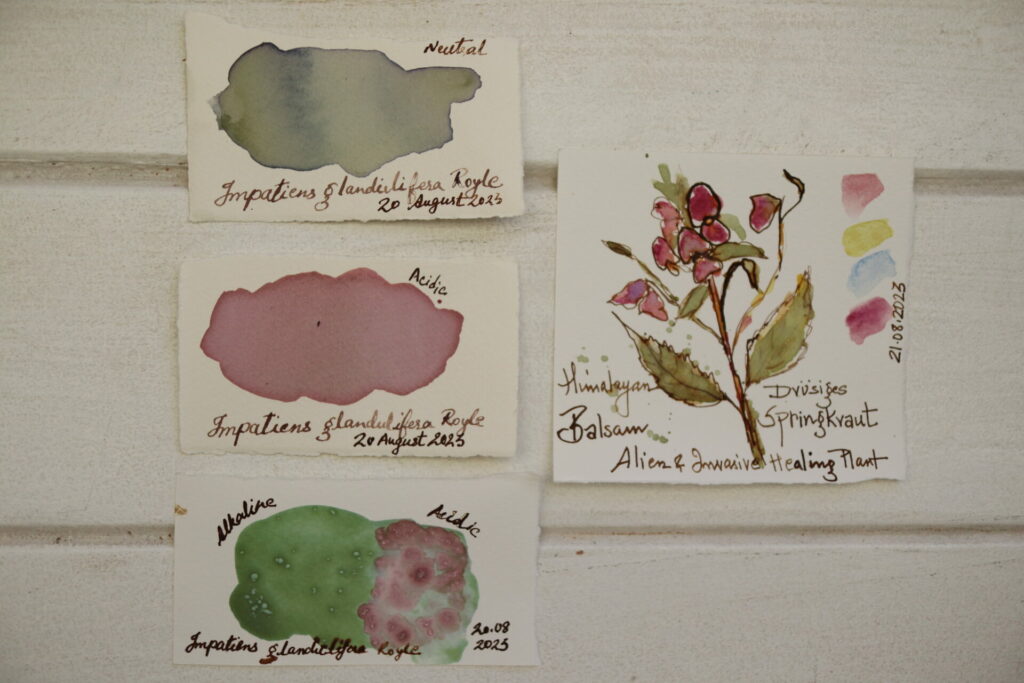
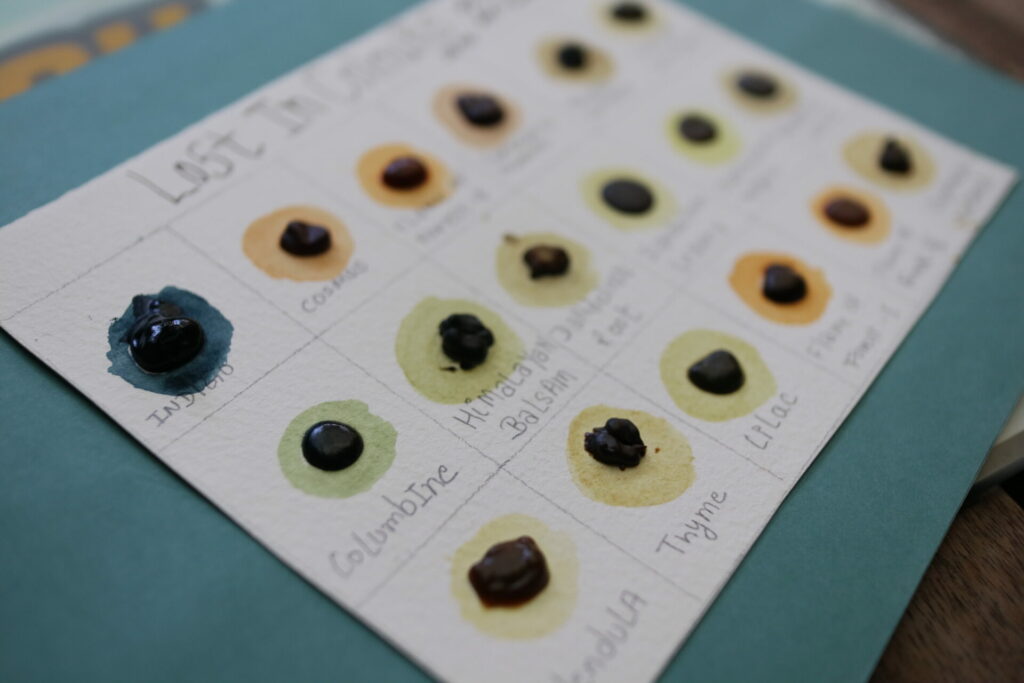
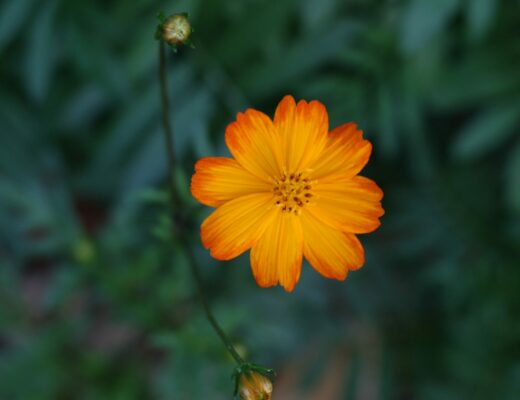
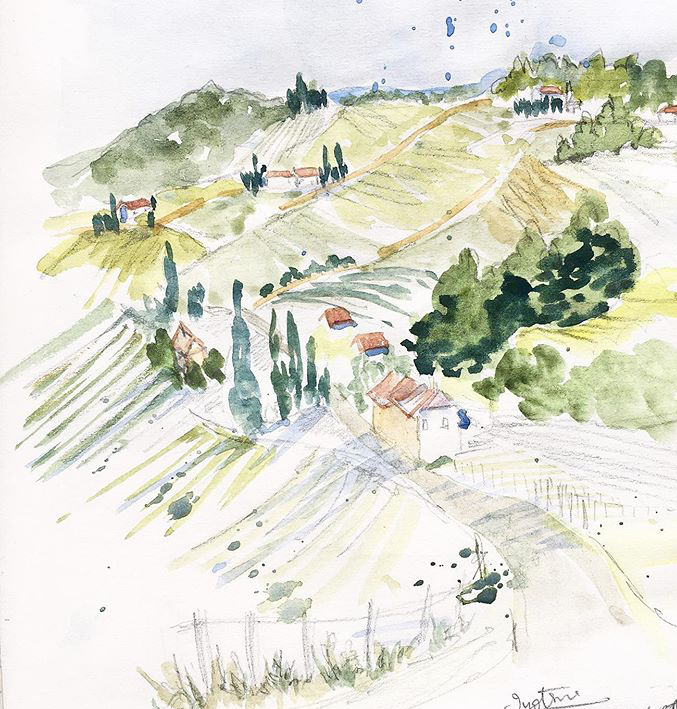
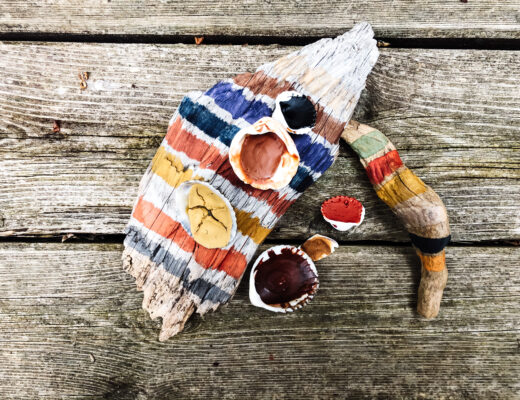
No Comments